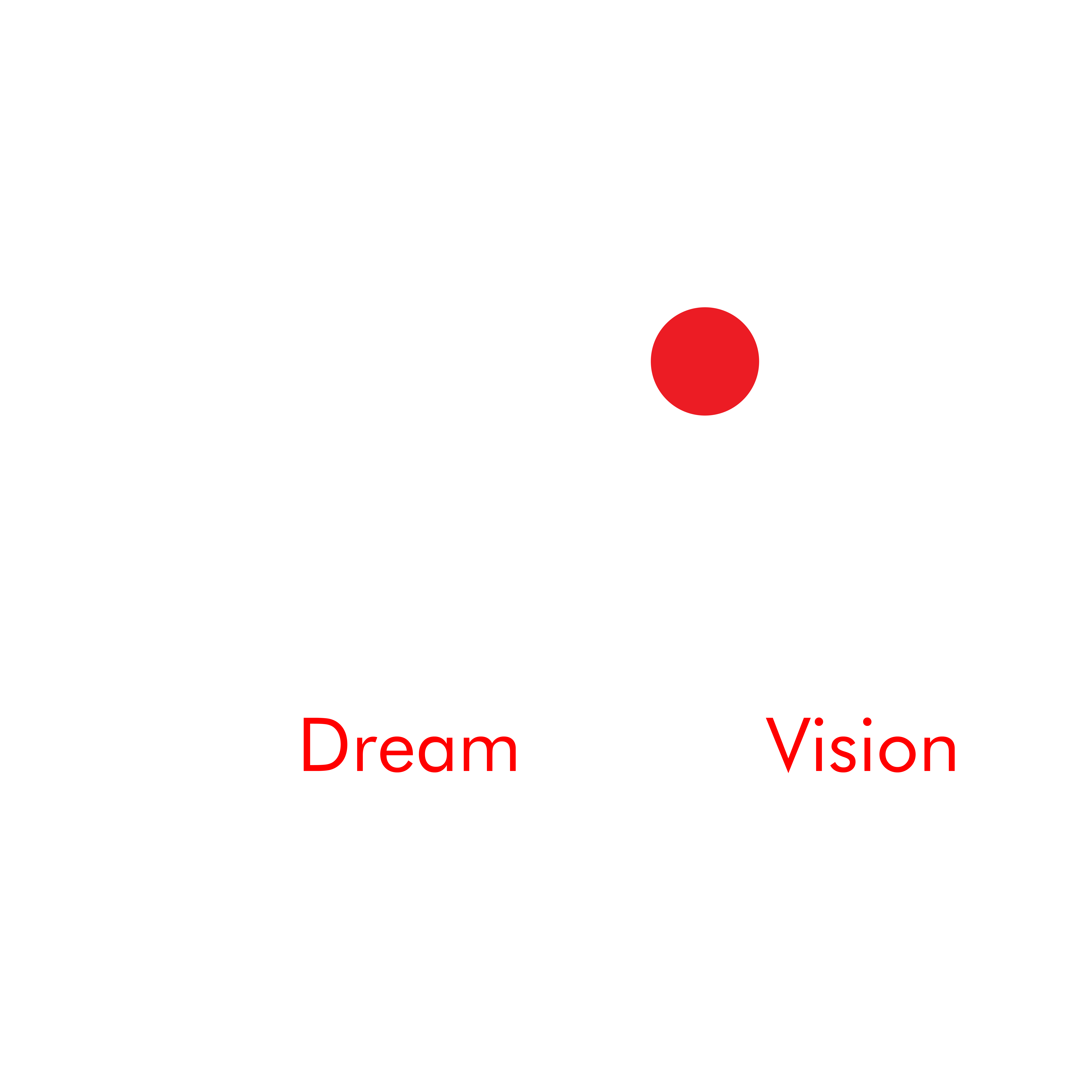Content
That means that for every $1 in liabilities, the company has $1.90 of assets. They’re all really the same calculation but for different items on the balance sheet. Higher interest coverage ratiosimply the greater ability of the firm to pay off its interests. This financial ratio signifies the ability of the firm to pay interest on the assumed debt. Operating LeverageOperating Leverage is an accounting metric that helps the analyst in analyzing how a company’s operations are related to the company’s revenues.
When things go right, and the market is favorable companies can afford to have a higher level of leverage. This leads to more future investments by other shareholders and the appreciation of the stock. In other words, those are the costs required before the Ice cream can be sold. https://menafn.com/1106041793/How-to-effectively-manage-cash-flow-in-the-construction-business For example, companies such as Burger King will have a ratio as high as 1.5, while companies such as Wal-Mart as low as 0.3. Also, it depends on the kind of industry you are operating within. In short, either you are a manager looking for ways to improve your business.
Fixed Charge Coverage
Again, the Return on Equity is negative in the case of Alta Genetics–theoretically, you’d be making more money if you put your savings in the bank. However, the investors are likely in it for the long haul, hoping that when the company starts making money, it’ll make lots. Shareholder FundsShareholder Fund is the fund available to stakeholders after all liabilities have been met in the event of a company’s liquidation.
EPSEarnings Per Share is a key financial metric that investors use to assess a company’s performance and profitability before investing. It is calculated by dividing total earnings or total net income by the total number of outstanding shares. The higher the earnings per share , the more profitable the company is. In other words, liquidating all current assets except inventory will generate enough cash to pay for only 43 percent of HQN’s current liabilities. Clearly, HQN’s liquidity is much lower if its inventory is not available to meet currently maturing obligations.
Who Uses Financial Ratio Analysis?
The current ratio measures how many times you can cover your current liabilities. The quick ratio measures how many times you can cover your current liabilities without selling any inventory and so is a more stringent measure of liquidity. The current ratio is a liquidity ratio that measures a company’s ability to cover its short-term obligations with its current assets. The current ratio measures your liquidity—how easily your current assets can be converted to cash in order to cover your short-term liabilities. Debt to equity and debt to assets represent a firm’s solvency or leverage.
- We don’t include the equipment line item in these assets, because selling off equipment isn’t a quick way to raise cash.
- They tell the business firm how they are doing on cost control, efficient use of assets, and debt management, which are three crucial areas of the business.
- Having a good idea of the ratios in each of the four previously mentioned categories will give you a comprehensive view of the company from different angles and help you spot potential red flags.
- But, if the receivables turnover is way above the industry’s, then the firm’s credit policy may be too restrictive.
- We are doing two years of financial ratio analysis for the firm so we can compare them.
Liquidity is all about cold, hard cash—though it also extends to the liquid assets a company can convert to cash quickly. Cash is life in business, so these ratios tell you if a company will have enough cash in the near term to meet its obligations. Various construction bookkeeping abbreviations may be used in financial statements, especially financial statements summarized on the Internet. Sales reported by a firm are usually net sales, which deduct returns, allowances, and early payment discounts from the charge on an invoice.
Ratio Analysis Across Companies
The EM ratio like the DE ratio combines two point-in-time measures from the balance sheet. The EM ratio is a financial leverage ratio that evaluates a company’s use of equity to gain control of assets. Liquidity ratios measure your company’s ability to cover its expenses.
On the other side, a meager payout ratio is less attractive for investors, who are looking for higher returns. Through this ratio, you know that every 67 days your inventory will be turned in sales. A high inventory ratio indicates a fast-moving inventory and a low one indicates a slow-moving inventory.
What are the five classifications of financial ratios *?
There are generally five types of financial ratio: (1) profitability, (2) liquidity, (3) management efficiency, (4) leverage, and (5) valuation & growth.

